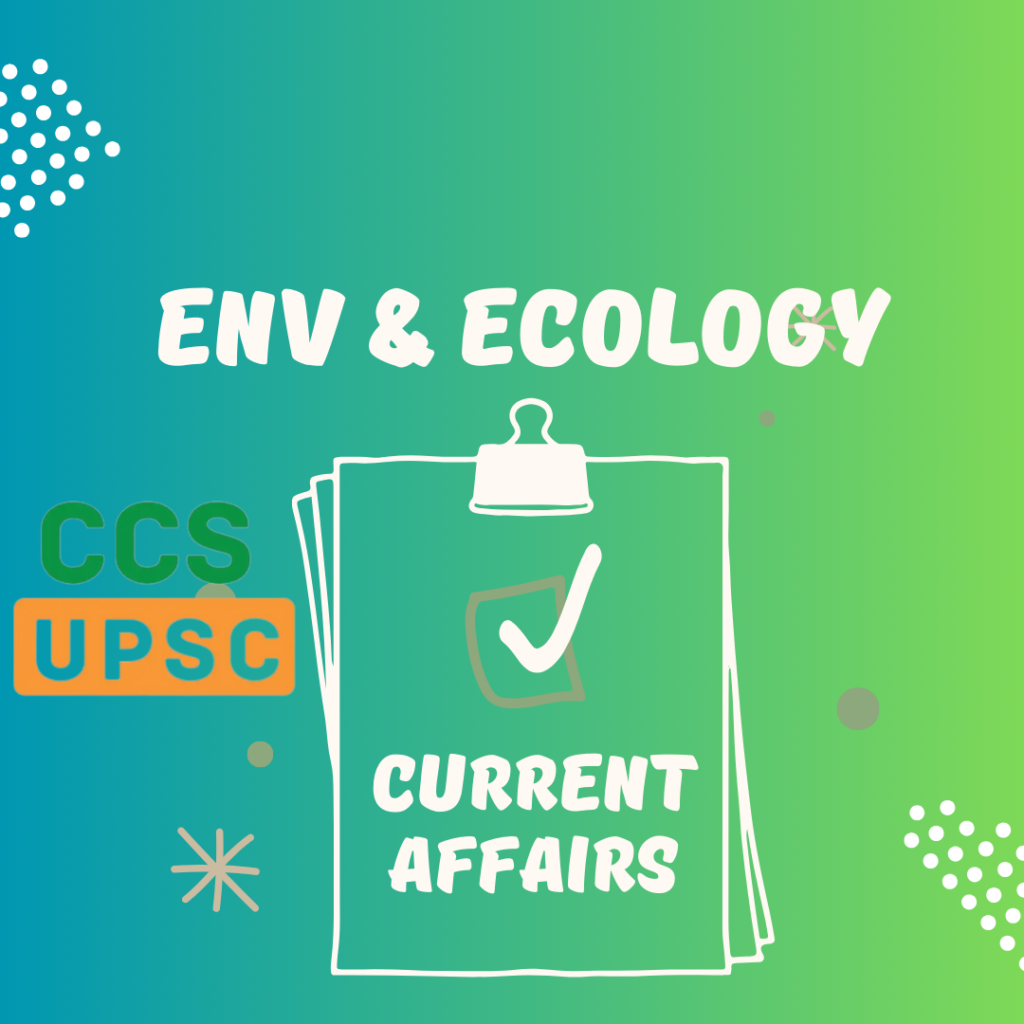In Context
- According to the European Environment Agency (EEA) nearly half of the textile waste collected in Europe ends up in African second-hand markets.
What is Textile Waste?
- Textile waste refers to any material that is discarded during the production, manufacturing, use, or disposal of textiles and clothing.
- This waste can include scraps generated during the production process, unsold or excess inventory, damaged or defective products, as well as clothing and textiles that are discarded by consumers.
- Globally, 92 million tonnes of textile waste is produced each year.
How Does It Impact the Environment?
- Landfill pollution: Textiles can take a long time to decompose, especially synthetic fibers, which may never fully break down.
- Pollution from production processes: The production of textiles involves various processes, such as dyeing, finishing, and chemical treatments, which can release pollutants into the air, water, and soil.
- Microplastics Pollution: Many textiles, especially those made from synthetic fibers like polyester and nylon, shed microplastics when washed.
- Greenhouse Gas Emissions: The textile industry is a significant contributor to greenhouse gas emissions, primarily due to energy-intensive production processes and transportation.
Textile Recycling
- Textile recycling refers to the process of reusing, repurposing, or transforming discarded textiles and clothing into new products or materials.
- Instead of being sent to landfills or incinerators, textiles are collected, sorted, and processed to recover valuable materials, such as fibers, yarns, and fabrics, which can then be used to create new textiles, insulation, padding, carpeting, and other products.
Why is Textile Recycling Important?
- Environmental Conservation: Textile recycling helps reduce the burden on landfills, conserving valuable landfill space and reducing the amount of waste that ends up polluting the environment.
- Conservation of Resources: Recycling textiles allows for the recovery and reuse of valuable materials such as cotton, wool, and polyester.
- Energy Savings: Processing recycled textiles into new products often consumes less energy than manufacturing textiles from scratch, leading to lower greenhouse gas emissions and reduced reliance on fossil fuels.
- Economic Benefits: Textile recycling can create economic opportunities by supporting industries involved in recycling, upcycling, and manufacturing recycled products.
- Social impact: Promoting textile recycling raises awareness about sustainable consumption practices and encourages individuals to take action to reduce waste and protect the environment.
Indian Scenario
- India is amongst the world’s largest producers and exporters of textiles.
- The Textile and Apparel (T&A) industry is one of the largest contributors to India’s economy constituting 2% of the country’s GDP, 7% of industry output in value terms and 11.4% of the total exports.
- Both the production and consumption patterns lead to a significant amount of waste generation.
- Estimates suggest that India manages ~7793 kilotons of textile waste annually from three sources- domestic manufacturers, domestic consumers and imported waste coming from other countries.
Textile Waste Management in India
- India established its recycling industry back in the 1990s and today has a stronghold in mechanical recycling with a well networked value chain for the management of textile waste.
- However, the industry is a mix of micro, small and large stakeholders and approximately 41% of the waste is currently known to be moving out for usage in other allied industries.
- Research indicates challenges around unorganised waste value chain and inefficient waste management as the major hindrance in realising the potential of the Indian textile waste management industry.
Government Initiatives
- Solid Waste Management Rules, 2016: These rules, formulated under the Environment Protection Act, provide a comprehensive framework for the management of solid waste in India, including textile waste.
- Project SU.RE: The Government launched a Sustainable Resolution in 2019.
- It is a commitment by India’s apparel industry to establish a sustainable pathway for the fashion industry.
- This project will support the sector achieve Sustainable Development Goals (SDGs) and long-term environmental, social, and corporate governance goals.
- Promotion of Sustainable Practices: The government promotes awareness and adoption of sustainable practices in the textile industry through various initiatives, including workshops, seminars, and training programs.
- Technology Upgradation Fund Scheme (TUFS): TUFS is a scheme by the Ministry of Textiles aimed at providing financial assistance for the modernization and upgradation of textile machinery to improve efficiency and reduce environmental impact.
- Integrated Processing Development Scheme (IPDS): IPDS is another scheme under the Ministry of Textiles that focuses on promoting sustainable and environmentally friendly processing technologies in textile manufacturing units, which includes initiatives for water conservation, waste management, and recycling.
Recommendations
- Waste Management: The industry can reduce waste by improving its product design, using more sustainable materials, and recycling more waste.
- Infrastructure: The industry must invest in infrastructure supporting circularity, such as recycling facilities and collection centres.
- Value Chain Education and Awareness: The industry needs to educate its stakeholders about the benefits of circularity and how they can contribute to it.
- Government Policy: The Government can support circularity by providing incentives for sustainable practices and regulating the industry to reduce its environmental impact.
- Consumer Engagement: The industry needs to engage consumers in circularity by making it easy for them to recycle their clothes and buy sustainable products.
- End-of-life Management: Recycling, upcycling, donation, and other practices should be explored to manage post-consumer waste properly.
Conclusion
- In conclusion, sustainable textile products play a critical role in a circular economy.
- As the fashion industry continues to grow, the need for sustain – able, recycling and ethical practices is becoming the current need of society to sustain the environment.
- By embracing sustainable textile production and recycling practices, we can reduce waste, conserve resources, create job opportunities and preserve cultural traditions etc.







